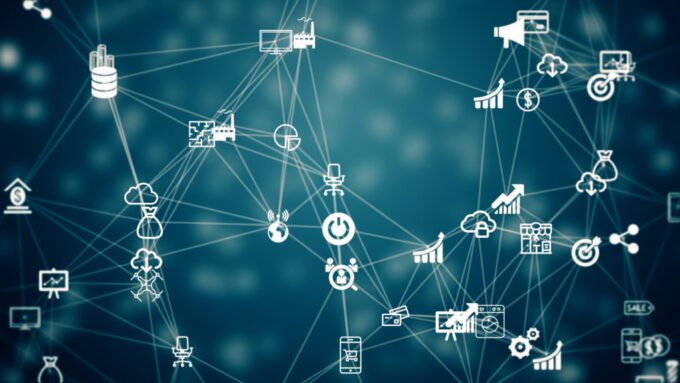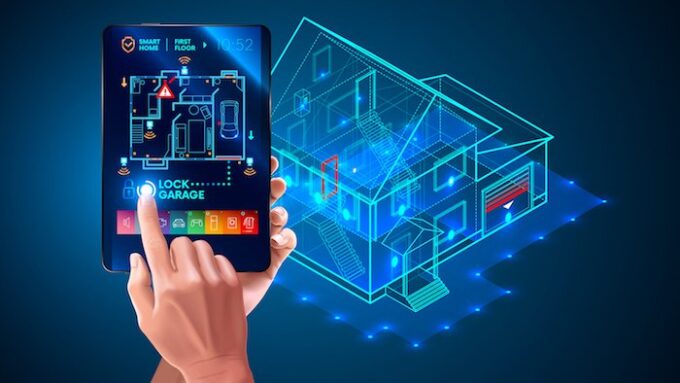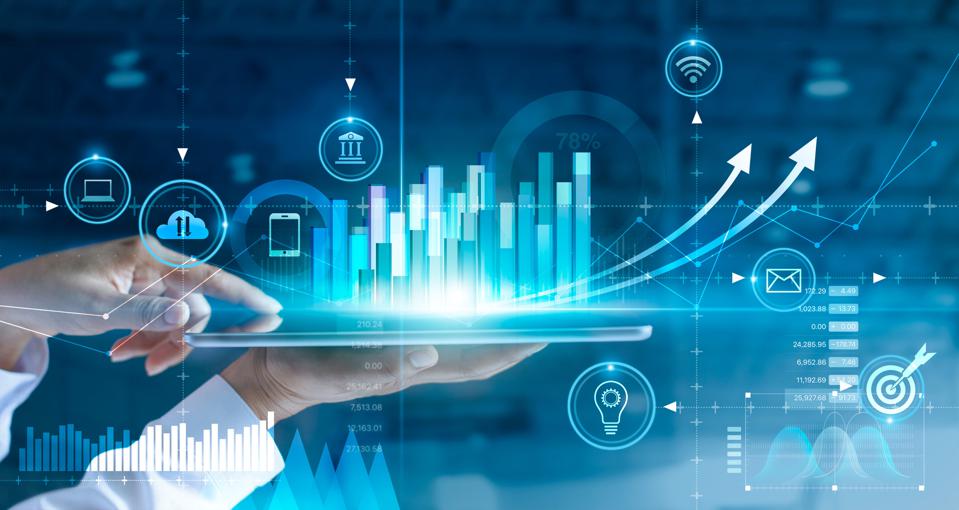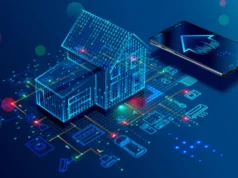Technology continues to drive many industries. That will continue to be the case for the foreseeable future. One of the most significant technological advances in the way we do things is the Internet of Things (IoT). In the next year we will see many innovations come from IoT and in this article we will take a closer look at which ones will be trending in 2025.
What Is IoT?

IoT refers to a system that consists of interrelated, internet-connected objects capable of gathering and sharing data over a wireless network without human assistance. That may sound a little too sci-fi for many of us, but IoT can be used in so many ways for which human resources are essentially wasted and best used in different applications. As an example, IoT can handle tasks that would be repetitive and boring to humans. Don’t worry, you won’t be replaced by IoT, but you may find that having such a system will streamline the work you do to increase productivity and accuracy.
Let’s look at some of the trends that will be worth keeping an eye on this year.
An Increased IoT Presence in Medical Devices
We can credit COVID-19 for pushing digital and remote health into the mainstream. This has made wearable devices widely accepted tools for anything from regular checkups to monitoring long-term chronic conditions. This, in turn, has created a demand in the marketplace for more of these types of tools. As part of this trend, Software as a Medical Device (SaMD) is becoming more commonplace. This means that many new wearable medical devices will be developed and will soon flood the market. This Orthogonal article has a useful look at what qualifies as Software as a Medical Device (SaMD).
More Smart Technology

Smart building technology has become more effective in-home and at the office. It will continue to affect how we use connected devices around us each day. Expect 2025 to focus on core priorities rather than general-purpose smart devices. Worker health and safety will become targets of smart technology. Previously smart technology has assisted with conference room usage and control of such simple things as home and office lights and temperature. The technology shift expected this year will be on track-and-trace capabilities. More specifically, assisting in social distancing and other COVID-19 protocols to keep workers safe from spreading the virus as vaccine rollouts continue during the year.
Remote Monitoring Will Increase
Speaking of everyday protocol changes due to concerns related to COVID-19, nowhere has this been more prevalent than in the manufacturing sector. With social distancing guidelines, fewer workers are operating assembly lines resulting in a need for more machinery. Along with this change came remote monitoring tools to ensure that the tasks once completed by humans were still being performed up to the quality control requirements set out by the manufacturer. In other words, machinery with learning capabilities is expected to become more commonplace this year. The assistance of Artificial Intelligence (AI) and Deep Learning (DL) combined with remote monitoring, will make processing products more efficient and with fewer errors.
Location Data Will Improve Customer Service

Another positive to come from COVID-19 is the shift to curbside pickup used by restaurants and retail stores. The pandemic caused many consumers to concentrate their spending in their hometowns and led to the development of location-based services such as curbside pickup, takeout, and even popup services. These variations in doing business have made it necessary for the business community to put effort into using multiple tools such as GPS capabilities on smartphones to compete and be found by potential customers. Within the coming year, location-based services will likely include ways of interacting with a brand that move away from website-based interaction to a greater focus on handheld devices. Apps for ordering for curbside pickup are already showing up on phones.
5G Connectivity
5G is the shorthand description for fifth-generation internet. This generation will play a huge role in IoT applications simply because 5G is a much faster network capable of handling much higher user and traffic capacity. 5G is said to be able to accommodate both without slowing down, or negatively affecting the data or connections in any way. This means that an out-of-town lab can send your x-rays to a tablet held by your doctor during an office visit for near instant viewing. With more wireless devices becoming part of the IoT, if 5G operates as promised, it will usher in a completely new phase of communication.
In Conclusion

The Internet of Things is a giant ball of connections where data, devices, and digital tools are all joined together by a wireless connection to the internet. With this capability, many things are possible. We can point to COVID-19 as one of the driving forces behind the push to make greater use of new technology in our lives more positively and productively. So far, new technology has proven to be effective and efficient. With the world of technology constantly evolving, it is good to know that practical uses are being developed to improve how we do everyday tasks and that we increasingly view technology such the IoT as a help rather than an obstacle.









